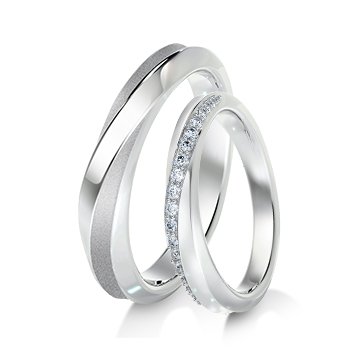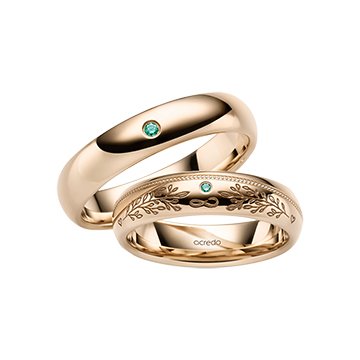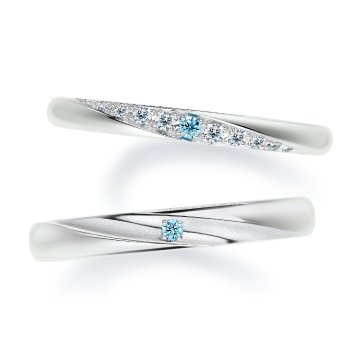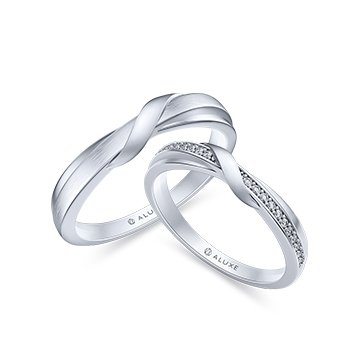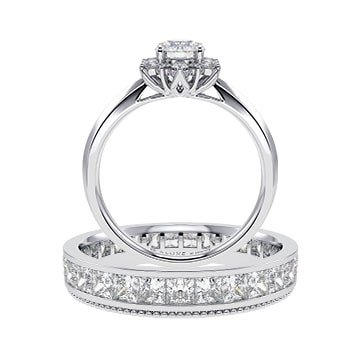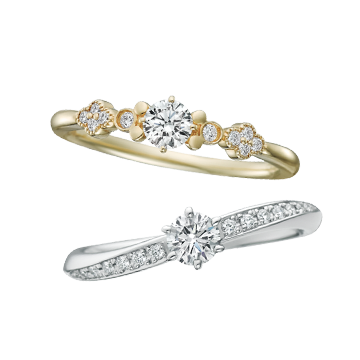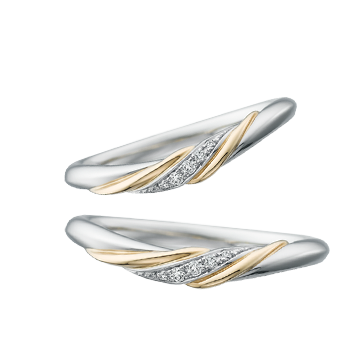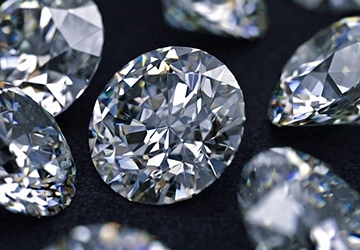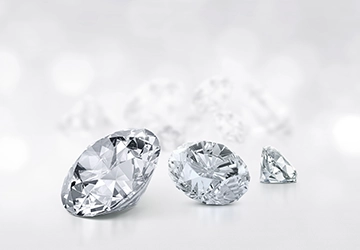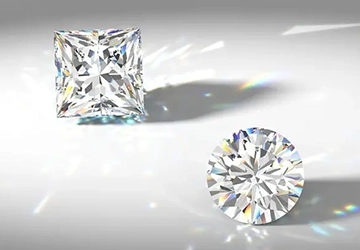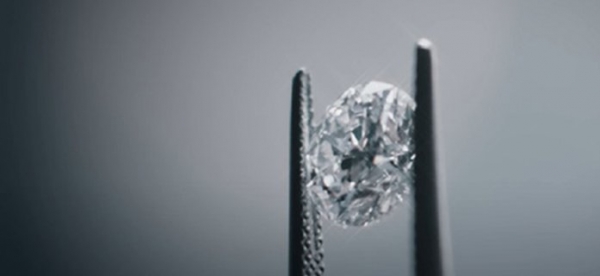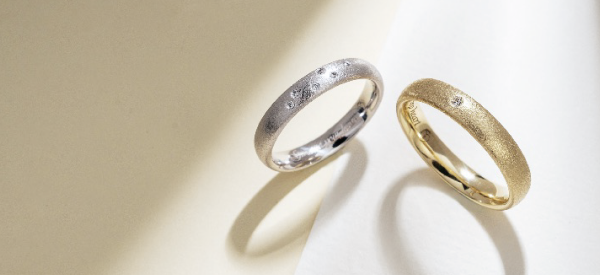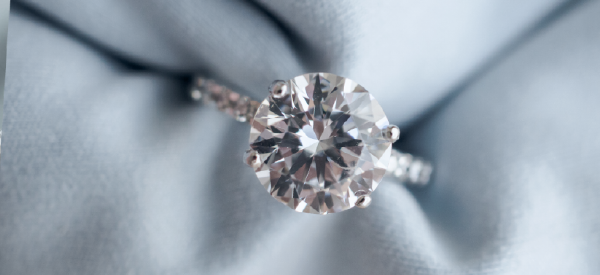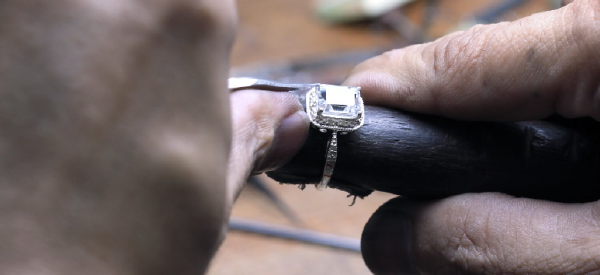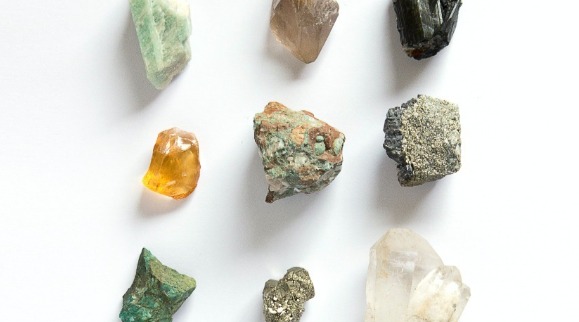
Technological advancements in the field of synthetic diamonds means that if high quality synthetic diamonds are mixed with natural diamonds, they are indistinguishable without experts armed with grading instruments. With the expensive prices of diamonds, one would feel extremely unhappy if they spend a hefty sum only to find they’ve purchased a synthetic diamond. To avoid fraud, ALUXE has some tips to help you spot synthetic diamonds.
The biggest difference between natural and synthetic diamonds is in the factors of their formation. Diamonds are naturally formed within the earth’s crust after long periods of extremely high temperature and pressure; synthetic diamonds are formed by artificially crystallizing carbon over a period of a few days or weeks. While the method of their formation differs, they are identical in chemical composition, crystalline structure, optical properties, and physical properties.
There are 2 types of synthetic diamonds, HPHT and CVD diamonds, differentiated by their production technique. Both HPHT or CVD diamonds are nearly identical to natural diamonds, only differing in their atomic structure. That is why a professional grader, as opposed to a magnifying glass or microscope, is necessary to verify authenticity.
Currently, Moissanite takes the crown as the synthetic diamond that is most challenging to identify and most easily confused with real diamonds. Moissanite is actually silicon carbide, which contains physical, chemical, and optical properties nearly identical to diamonds, not to mention their high hardness. As such, they’ve naturally replaced CZ (cubic zirconia) as the best replicas of natural diamonds!CZ, sometimes known as “synthetic zirconia”, has caused some to confuse “zircon” as synthetic diamonds. In fact, some jewelers utilize “zircon” in place of diamond accessories. While they are not synthetic diamonds, and are in fact a type of natural gemstone, they are also not diamonds.
When attempting to identify a synthetic diamond, the most common method is through their differences in density or hardness.
Before the introduction of Moissanite, a common technique was using thermal conductivity by applying a diamond detector to determine the authenticity of a diamond. However, the excellent thermal conductivity and heat dissipation of CZ causes it to react similarly to a natural diamond when tested with diamond detectors. The “Moissanite Detector” was later used in the specific identification of CZ.
In fact, GIA also offers a dedicated grading report for synthetic diamonds. These reports also include laser inscriptions on the diamond’s girdle to record their certificate number as proof of their authenticity. If you happen to encounter an extremely beautiful diamond that is unreasonably priced compared to the market and the seller guarantees they have a report of authenticity, make sure to ask and check what type of report they have!
However, In the worst-case scenario, diamonds are so beautiful and expensive that you never even thought they could be fake. The best way is still to buy diamonds from reputable stores for more security. Don't overspend beyond your budget.






